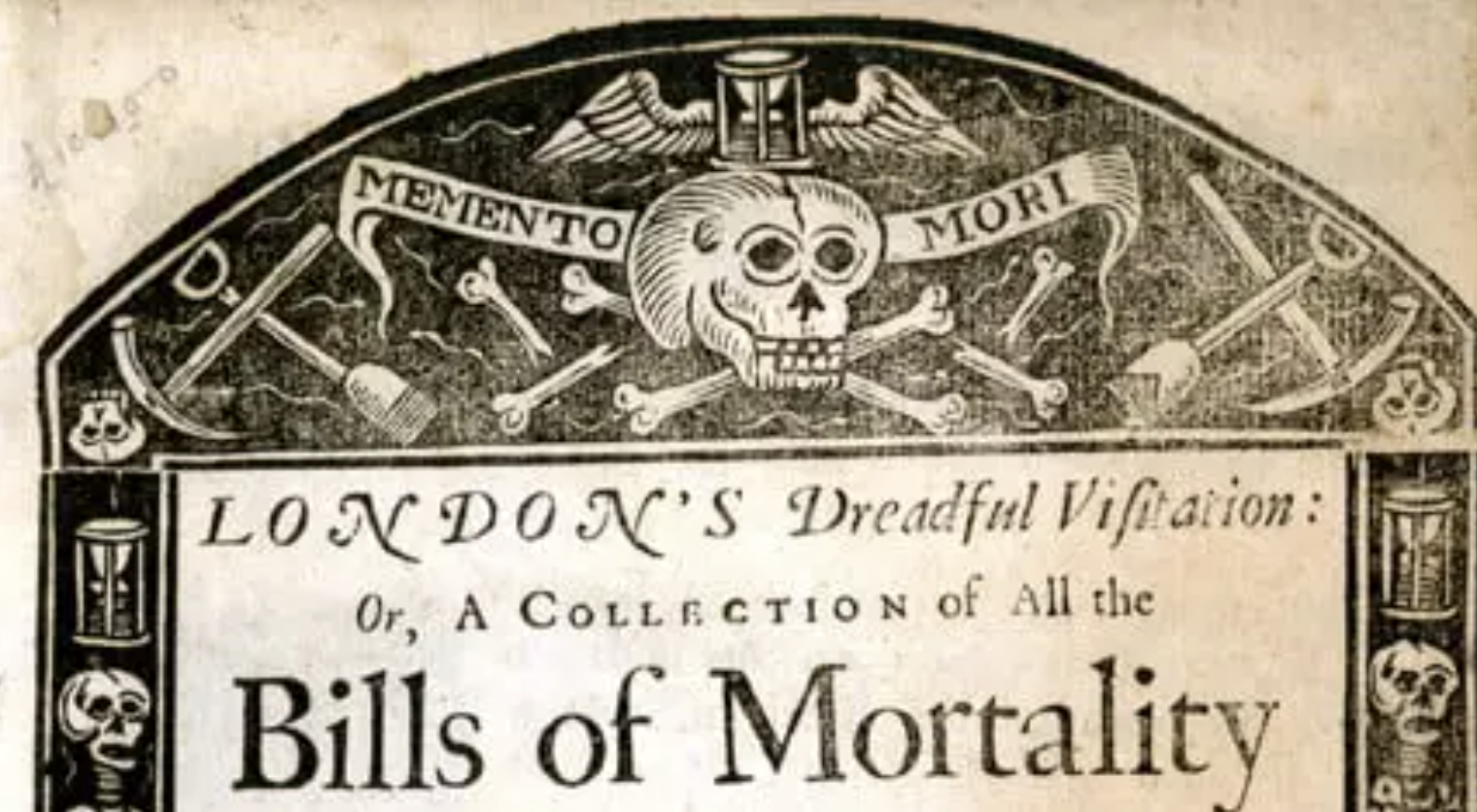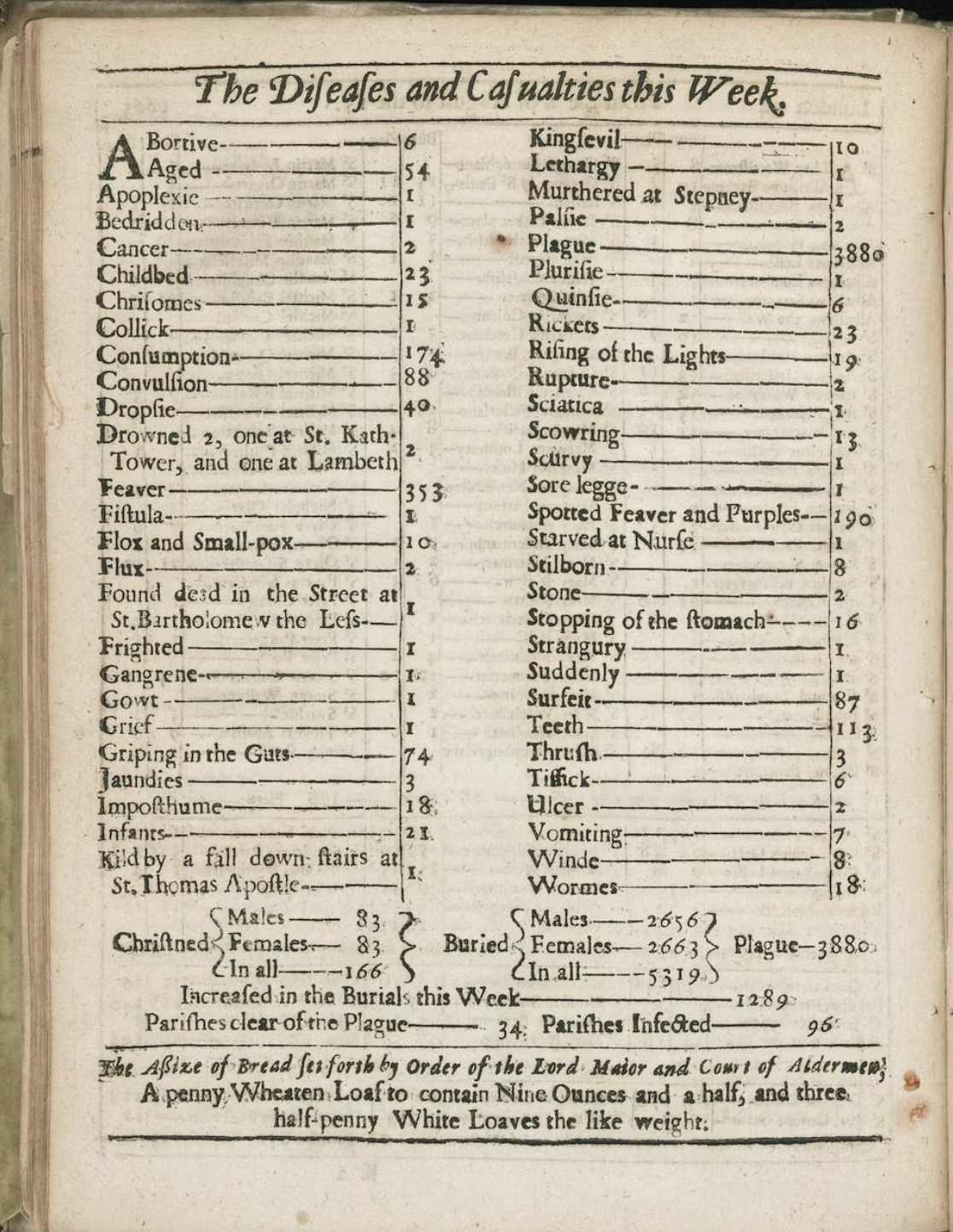This past Friday, the bassist of The Grateful Dead, Phil Lesh, passed away at age 84. Almost immediately the tributes poured in, most recognizing that Lesh wasn’t your ordinary bassist. As Jon Pareles wrote in the New York Times, Phil Lesh held songs “aloft.” His “bass lines hopped and bubbled and constantly conversed with the guitars of Jerry Garcia and Bob Weir. His tone was rounded and unassertive while he eased his way into the counterpoint, almost as if he were thinking aloud. [His] playing was essential to the Dead’s particular gravity-defying lilt, sharing a collective mode of rock momentum that was teasing and probing, never bluntly coercive.”
My first encounter with the Grateful Dead came when I was 16 years old. I vividly remember the guy who played bongos on my friend’s head when we arrived at the show. I also remember the spinners tripping on acid, dancing down the halls and short-circuiting my little mind. But the concert itself remains only a hazy memory. And certainly the artistry of Lesh, Garcia, Weir, and the drummers was lost on me. Only years later, did it all start to click. That’s when I dialed into the Barton Hall concert at Cornell (May 8, 1977) and encountered Lesh’s bass lines at the start of “Scarlet Begonias.” Once you hear them, they’re hard to shake. The video above zooms into that performance, exploring the development of Lesh’s bass playing throughout the spring of ’77. The next video down lets you hear the complete Barton Hall performance of “Scarlet Begonias” in all of its glory.
When others try to capture what made Phil, Phil, they’ll feature another beloved show–Veneta, OR (6/27/72). Below, you can hear isolated tracks of Phil’s bass work on “Bertha” and “China Cat Sunflower/I Know You Rider.” (Click the links in the prior sentence to hear Lesh and the band performing the songs together–so you can hear how the bass ties in.) Trained in free jazz and avant-garde classical music, Lesh infused rock with the influences of Coltrane, Mingus, and Stravinsky–not to mention others. And, with that, the bass was never the same.
For anyone wanting to get further into the Phil Zone, read his excellent memoir Searching for the Sound: My Life with the Grateful Dead.
Bertha
China Cat Sunflower/I Know You Rider
Related Content
When the Grateful Dead Played at the Egyptian Pyramids, in the Shadow of the Sphinx (1978)



